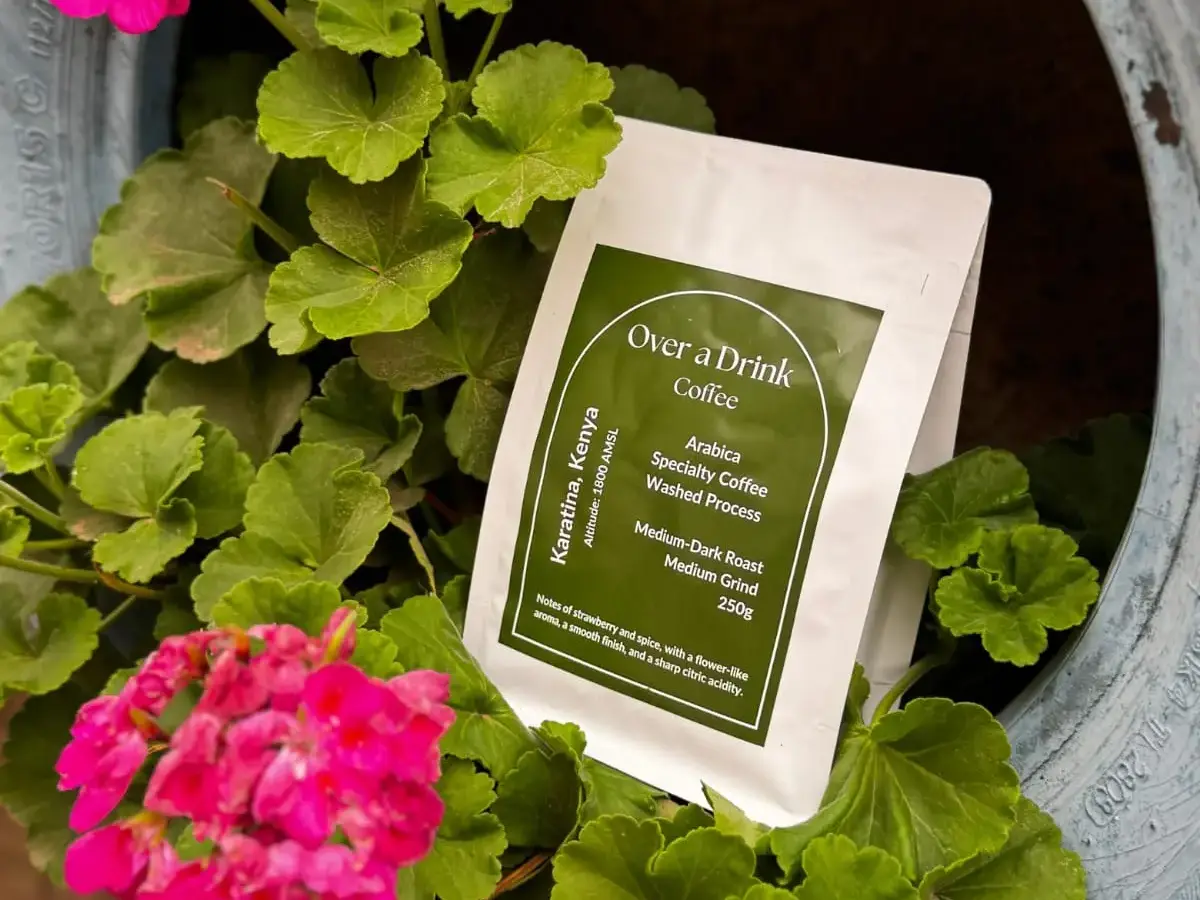There’s something almost magical about Kenyan coffee. It’s that juicy brightness, that complex acidity, those berry and blackcurrant notes that dance on your tongue. Ask any barista or green buyer in Tokyo, Oslo or New York what they think of Kenyan coffee, and you’ll probably see their eyes light up.
But what gives Kenya that signature taste?
The answer lies beneath our feet and above our heads — in the soil, the altitude, and the shifting moods of weather we call microclimate. This is the essence of terroir — the unique fingerprint that each region leaves on the cup.
What Exactly Is “Terroir”?
The French have long used the word terroir to describe how land shapes flavour. It’s not just about soil. It’s the entire environment — the geography, altitude, rainfall, temperature, sunlight, and even how air moves through valleys and ridges.
In coffee, terroir determines how a bean develops from flower to cherry to cup. Two farms growing the same variety, say SL28, can taste completely different simply because they grow under different skies.
Think of terroir like a musician’s stage: the same instrument sounds different in an open field, in a cathedral, or in a jazz club. The environment becomes part of the performance.
Nyeri: Where the Red Soil Sings.
Ask anyone in the coffee world about Nyeri, and you’ll likely hear reverence. This central Kenya county, sitting on the southern slopes of Mt. Kenya is blessed with deep red volcanic soils — rich, well-drained, and bursting with minerals.
The altitude here ranges from 1,600 to 2,200 meters above sea level. Days are warm but never harsh; nights are cool, slowing down cherry ripening and concentrating sugars. That slow maturation is why Nyeri coffees often have that electric acidity and those signature blackcurrant and grapefruit notes.

Farmers here often joke that their coffee trees “breathe mountain air,” and they’re not wrong. The microclimate — misty mornings, clear afternoons, and fertile ridges — gives every cup that bright, winey character that Kenyan coffee is known for.
Kirinyaga, Embu and Murang’a: The Heartbeat of SL28 and SL34.
Drive south or east of Nyeri and you find Kirinyaga, Embu, and Murang’a — counties that share Mt. Kenya’s slopes and volcanic heritage. Here, smallholder farmers, often working just a few acres, have mastered the art of selective picking and careful processing through cooperatives.
The result? Coffees with similar clarity and acidity to Nyeri, but with subtle differences — think more red fruits, more floral and tea-like tones. If Nyeri is bold and bright, Kirinyaga is elegant and composed.

These regions remind us that even within a few kilometres, terroir nuances can change the entire mood of a cup. The altitude drops slightly, temperatures are a bit warmer, and rainfall patterns shift — small tweaks that create new expressions of Kenya’s coffee identity.
Kericho and the Rift Valley: Earthier, Wilder, Deeper.
Now, cross west over the Great Rift Valley and you’ll find a completely different coffee world. Kericho, Bomet, and parts of Nandi tell another side of the Kenyan terroir story.
Here, the landscape opens wide, the soils are darker and loamier, and rainfall comes in generous bursts. The altitude remains high (1,700–2,000m), but the microclimate is wetter and cooler overall. The result? Coffees that lean towards heavier bodies and deeper flavors — more chocolate, spice, and tropical fruit than citrus and currant.
Kericho’s long association with tea growing often overshadows its coffee, but estates and cooperatives here are quietly redefining what Rift Valley coffees can be. When processed carefully, these beans can rival the best from Mt. Kenya, offering something new for roasters seeking richness over sharp acidity.
Why It Matters — Beyond Taste.
Understanding terroir isn’t just for cuppers and roasters. For farmers, it’s the key to improving quality and resilience. Knowing how soil, altitude, and microclimate interact helps guide decisions — from which variety to plant, to when to pick, to how to ferment and dry.
As climate change shifts rainfall patterns and temperatures, understanding these microclimates will become even more important. Some areas may get too warm for traditional varieties, while others might discover new potential.
And for consumers — whether you’re a barista brewing a pour-over or just someone sipping a flat white at your local café — knowing where your coffee comes from deepens your connection to it. Every cup becomes a small journey through Kenya’s landscapes and stories.
From Soil to Cup, It’s All Connected.
So the next time you take a sip of that vibrant Kenyan coffee and taste berries, citrus, or dark chocolate, remember: it’s not just the variety or the process. It’s the red soil of Nyeri, the cool nights of Kericho, the misty mornings of Kirinyaga — all coming together to compose the flavour.
Kenyan coffee doesn’t just grow; it performs. And terroir is the stage where that performance unfolds, cup after cup.